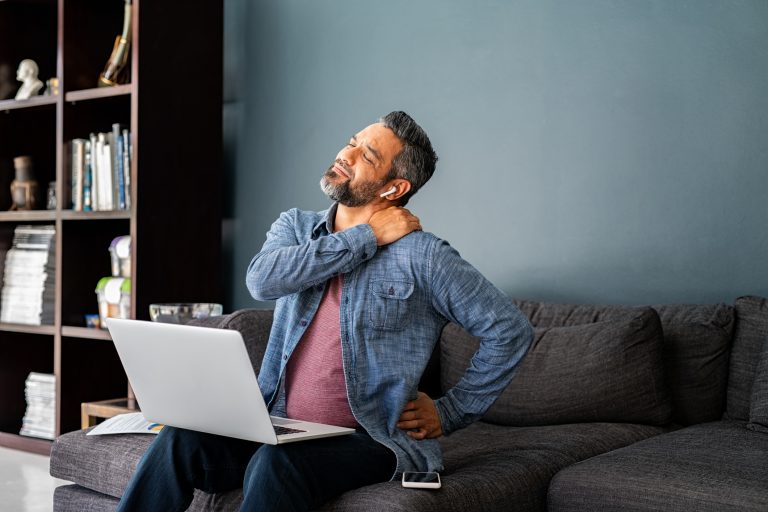Have You Been Diagnosed with Canal Stenosis?
If you’ve been diagnosed with canal stenosis, finding meaningful pain relief may be a bit of a challenge. But, while adequately managing your symptoms may require several different types of treatment, including lifestyle changes and exercise, it is entirely possible. Many people are able to keep their discomfort under control with a combination of nonsurgical options.
Exercise can not only help you keep your muscles strong and flexible, but it can also help you maintain a healthy body weight. This can ensure that your spine doesn’t have to deal with the additional strain of supporting extra pounds. Additionally, specific stretches can even temporarily relieve pressure on the nerves and nerve roots in your spine, helping you cope when your symptoms are extreme.
Stretches for Neck and Back Pain
The first thing you’ll want to do before starting a new exercise plan is to consult with your physician or physical therapist. They can provide you with a customized exercise plan for canal stenosis pain relief.
Some of the exercises that your treatment team may recommend include:
- Side-to-side neck stretches. For this simple stretch, stand up straight with your arms at your sides and your shoulders squared. Slowly tilt your head to the left, getting your ear as close to your shoulder as possible. Hold for several seconds, then slowly roll your head forward in a circular motion until you’re mirroring the same position on the right side, pressing your right ear close to your right shoulder. This stretch is most helpful for canal stenosis in the cervical (top section of the) spine.
- Pelvic tilt stretches. Lie flat on the ground with your arms and legs extended. While pushing your hands and feet into the ground, tip your hips up. This can help relieve pain in your lower back if you have lumbar spinal stenosis.
- Standing bicycle crunches. While effective, this exercise focuses less on relieving pain and more on strengthening the abdominal muscles. A stronger core can provide more support for the spine, which is incredibly important. To practice this exercise, stand with your feet together and your knees slightly bent. Bring your hands up behind your head. Engage your abs by contracting your stomach. Next, twist your core slightly to the left while raising your left knee toward your right elbow. Hold for several seconds, then release your leg and repeat on the other side.
Sometimes, patients will not find relief from conservative therapies, such as stretching and exercises. If this is the case, their physician or specialist may suggest they consider surgical intervention.
Surgery with BEST Health System
At BEST Health System, we believe in a minimally invasive approach to canal stenosis surgery. Most of the time, patients in need of surgery do not necessarily require traditional, open-back surgery. If this is the case, there are minimally invasive surgical alternatives that require a much smaller incision. This allows patients to enjoy a faster recovery time, all on an outpatient basis. Contact BEST Health System today to learn more about minimally invasive surgery with our team.
